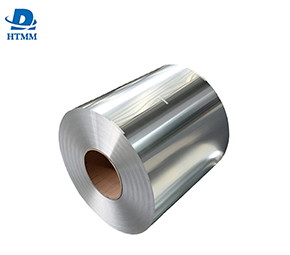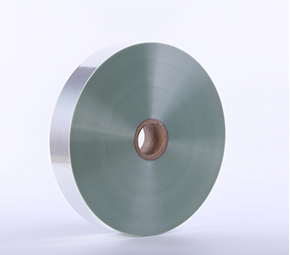 8079 Aluminium Foil 6.35 Micron for Flexible Packaging
8079 Aluminium Foil 6.35 Micron for Flexible Packaging
When it comes to cigarettes, everyone is familiar with it. A pack of cigarettes looks small, but there are many "parts", the production process can also be said to be very complicated, but its packaging uses a lot of technology.
Today, let’s talk about its lining, not to mention anything else, which has very high requirements. The first thing we saw after opening the cigarette case was the glittering paper. This kind of paper is called aluminum foil, which is a very popular packaging material on the market.
In the 1980s, the aluminum foil paper used as the lining paper for cigarettes mainly included calendered aluminum foil paper and aluminized paper. Today, composite aluminum foil paper has become a material with development potential. It has high barrier properties to light, gas, and water. Anti-corrosion, when the temperature changes rapidly, the material will not undergo any deformation.
Recently, the domestic use of vacuum aluminized paper has gradually increased. The principle is that the metal aluminum is continuously heated and evaporated in a vacuum state, and the metal vapor is condensed and deposited on the continuous substrate to form an extremely thin aluminum film. The aluminum film is thin and thin. Uniformity, good optical effect, good shielding effect and reflection effect on light and ultraviolet rays, etc., can effectively prevent the aging effect of light on the contents of the tobacco.
Compared with calendered aluminum foil paper, this material has a major advantage in that it consumes less aluminum. The thickness of the aluminum film is only 0.02 to 0.03 microns, while the thickness of calendered aluminum foil paper is 7 to 8 microns, which is obviously economical. benefit.
Therefore, no matter how the technology develops, aluminum foil has indeed become an indispensable packaging material for cigarette packaging.
8079 Aluminium Foil for Flexible Packaging This type of packaging aluminum foil is now also an indispensable commodity on the market, because it must be used for packaging of medicines, food, or some beverages.





